The only full class that was added to Steel Defender 5e after it came out was the Artificer. This means that there are only a few categories to choose from, but each one adds a fun new way to play 5e.
One of these is the Battle Smith, an Artificer who specializes in combat and is helped by a machine they made called a Steel Defender.
So, if you want to play as an Artificer or want to know how to get the most out of your Battle Smith, here is a Steel Defender 5e guide with everything you need to know about your new best friend, the Steel Defender.
What Is a Steel Defender?
A steel protector is a friend that the battle smith artificer can build. Technically, “steel defender” is both the name of this creature’s stat block and the name of the subclass feature that lets an artificer handle it.
The steel defender is a creature that a PC can control, just like a summoned monster or a familiar.
This is great because it makes it easier for a person to have an effect on the action economy as a whole, but there are more benefits than that.
Before we talk about this creature’s stats, let’s make sure we know what it is.
A steel defender is a medium build whose stat block has already been set. But how it looks is totally up to the person who made it.
You get to choose if this thing has two legs or four, as well as any other details you want. The bad thing, or the fair thing, about this is that the creature’s appearance has no effect on its game numbers.
This means that the steel guard can’t fly, that being shaped like a crocodile doesn’t make it able to bite, and that you can’t change its stats.
It’s a shame for people who wanted to fly around on their robot pegasus, but it’s not the end of the world.
The creature’s real numbers are pretty good, so it’s a good idea to keep it. But enough of that, let’s look at these numbers and see how they compare.
Steel Defender Stats
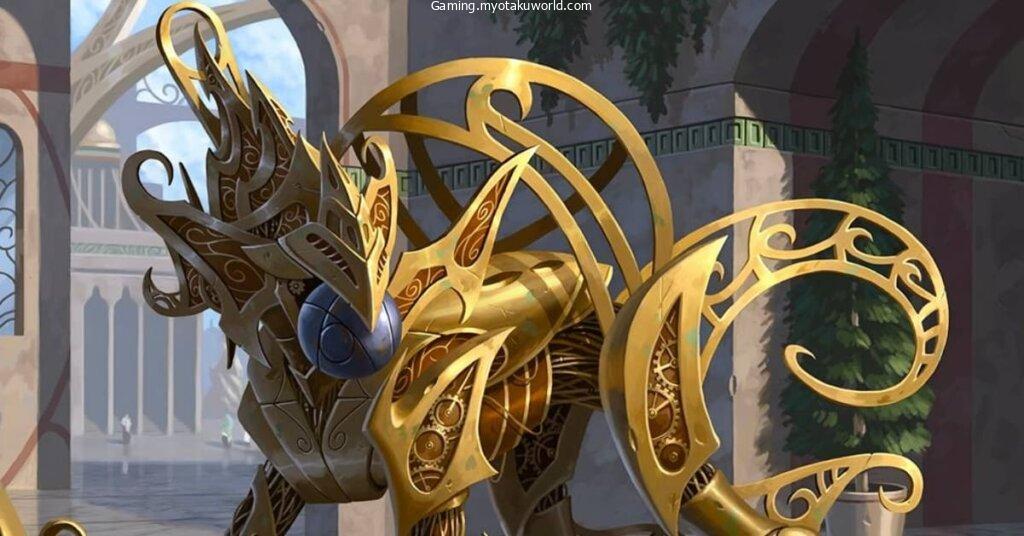
Medium build
The normal armor class is 15.
Hit Points: 2 + your Intelligence modifier + 5 times your artificer level (the guard has the same number of Hit Dice [d8s] as your artificer level).
Distance: 40 ft.
STR 14(+2), DEX 12(+1), CON 14(+2), INT 4(-3), WIS 10(+0), and CHA 6(-2)
Saving Throws: Dex + 1 + PB, Con +2 + PB
Skills: Athletics +2 plus PB, Perception +0 plus PB x 2
Damage Immunities: Poison
Condition Charmed, exhausted, and poisoned immunity
Darkvision is good up to 60 feet, and passive perception is 10+(PB x 2)
Languages: He or she can understand what you say
Proficiency boost (PB): This is the same as your Vigilant boost. The defense shouldn’t be shocked.
Actions
Rend’s melee weapon attack uses your spell attack factor, has a range of 5 feet, and can hit one target you can see. Hit: 1d8 + PB force damage.
Repair (3/day). The magical mechanisms inside the defender can heal 2d8 + PB hit points to the defender itself or to one construct or item within 5 feet of it.
Reactions
Stop the attack. The defender makes the attack roll of one monster it can see within 5 feet of it have disadvantage, as long as the attack roll is against something other than the defender.
As a basic stat block, the most interesting thing about this is probably how many features and powers are directly tied to your progress as an artificer.
Like any other creature, it uses its proficiency bonus on any strikes or ability checks where it is proficient. Luckily, though, its PB isn’t just a fixed number. It gives you the same amount of PB as you do, so you will both level up.
This is a big deal because it’s so different from what we’ve had before for familiar-type animals. Most of the time, a familiar or summoned friend will be just as useful at level 20 as it was at level 1. The steel defense, on the other hand, is always getting bigger because you are always getting bigger.
There are even a few things you’ll get as you level up that will directly help the guard and make it better than it is now.
The first is Arcane Jolt at level 9, which lets you channel magical energy whenever you or your steel defense hit a target with an attack. When that happens, you can either deal an extra 2d6 force damage or choose a creature within 30 feet of the target to heal by the same amount (2d6).
At 15th level, when this subclass’s best skill comes into play, we get a few more advantages. The magical jolt now does 4d6 damage, and our steel defender’s AC goes up by +2. Also, whenever our defense uses Deflect Attack, the attacker takes force damage equal to 1d4 + your Intelligence modifier.
All of these skills work well together to make you a pretty badass robot friend. Most important is that, if your defense is in the right place on the battlefield, it can make an enemy’s attack rolls worse every single turn.
It also has some pretty good basic skills and immunity. Your defense can act as a guardian at night if it is skilled in perception, and since it never gets tired, it doesn’t need to sleep or eat.
Immunity to charm and poison is pretty standard for constructs, but it shows that you have a powerful monster that can avoid some of the worst and most common effects.
Also, its attack is nothing to scoff at. On its own, 1d8 isn’t a lot, but keep in mind that this is basically just an extra attack for you, and no one would turn down the chance to do 1d8 more damage every turn.
Steel Defender Abilities
In battle, players can use two actions and one reaction with the Steel Defender. Force-Empowered Rend is the name of the first move.
This is a melee attack with a range of 5 feet that uses the Artificer’s magic attack modifier as its attack modifier. It deals 1d8 + the Artificer’s proficiency bonus force damage.
Repair is the second move, and you can use it up to three times a day. This ability lets the Steel Defender heal itself or another construct within 5 feet for 2d8 + the Artificer’s skill bonus.
The only thing the Steel Defender can do is something called “Deflect Attack.” With this action, it can stop hits from enemies within 5 feet that are meant for something other than the Steel Defender.
This can be used once per round by the Steel Defender to make it easier for the whole group to stay alive in battle.
Roleplaying a Steel Defender
I can’t stress enough how important it is to think about the connection between your character and the Steel Defender when you’re making one.
You can use this in a lot of different ways to change the way you play the character. To start figuring out the connection, you might want to think about how smart you want your Steel Defender to be.
You might also need to talk to your Dungeon Master to find out how they would like it to be handled.
Once you know what your choices are, you can decide how smart you want your Steel Defender to be. This can be anything from a robot that can’t think on its own to a being with free will who owes your character something.
If you are good at acting, it would be great if you gave your Steel Defender the ability to think for itself and a personality.
This can lead to great exchanges between it and your character, which can lead to great moments.
If you don’t want to play two characters, you can also talk to your Dungeon Master about them controlling the Steel Defender when you’re not in battle.
Even if you decide to give your Steel Defender less intelligence, I think you should still give it a personality to help you get as much as possible out of the character.
This can also help you choose the look of the Steel Defender so that it fits your character. This will help your Steel Defender stand out in your game as a unique character.
How Does the Steel Defender Work?
The steel guardian is not a machine that works by itself. Even though the creature has the same amount of initiative as you, it is not a straight copy of you. Most of its acts still need to be told to it by you, but it can still do some things on its own.
If you just leave the steel guardian alone, it will move, dodge, and use its Deflect Attack ability when it can. This means that your steel defense will put itself right where it needs to be and then make attacks against it and a member of your party harder. You don’t have to do anything.
You can, of course, tell it to do more or move to a certain place. If you want to give an order on your turn, you must use a bonus action. The command can tell it what to do for the next round, or it can just tell it to attack a certain creature and let it decide how to move and respond.
As a battle smith, you probably won’t have too many spells or strikes that depend on a bonus action, so you should be able to easily command your defender on each turn. Even if you can’t, it’s not the end of the world because it will always do what makes the most sense.
When it comes to how to use the defender well, it makes the most sense to use it to protect yourself and your friends. It is, after all, a defense.
You should only let it attack in battle if the attack will make a big difference. Most of the time, it’s best to not make it a target and let it feel like a passive ability that protects your friends.
Outside of battle, you can use it in a lot of different ways. This is when the way it looks might actually matter. You might want a steel defender that looks like a gorilla and has opposable hands so it can grab things. You could also try to persuade your DM that you can ride it when you’re not in battle.
Basically, there are clear rules for combat, but everything else is open to interpretation and good logic. The artificer class lets you make new and interesting magical things, so it makes sense that you can change your defender in a similar way.
Playing a Steel Defender in Combat
To get the most out of your Battle Smith Artificer once you’re in battle, you’ll need to use your Steel Defender to its fullest.
To do this, you’ll need to keep your Steel Defender in the front lines of battle. As an Artificer, you may have a few choices for your bonus action, but most of the time, you should use it to tell your Steel Defender what to do.
To use the Steel Defender as a tank for your group, you should use these instructions. Make sure to use its reactions in every round of battle to help the player characters take less damage and heal up while using its repair ability.
This will let it take damage without your party having to spend resources to replace the hit points. Even if your Steel Defender is killed, it can be brought back quickly with few resources. This makes it one of the best ways to reduce damage in 5e.
You can also use the Steel Defender to do more damage in battle, but I wouldn’t suggest putting too much attention on it. Its strikes are good, but they aren’t used in the best way.
Use its attacks to deal extra damage to high-value targets, but pay more attention to where it is placed to help the rest of your party and put enemies in bad situations.
FAQs
Can the Steel Defender be used as a mount?
The Steel Defender can be put on a horse to help a player move faster.
What book has the Steel Defender in it?
The Steel Defender is part of the Artificer’s Battle Smith subclass, which can be found in Tasha’s Cauldron of Everything and Eberron: Rising From the Last War.
Do Steel Defenders need to sleep?
No, Steel Defenders are not people. They are robots that never get tired and don’t need to sleep.
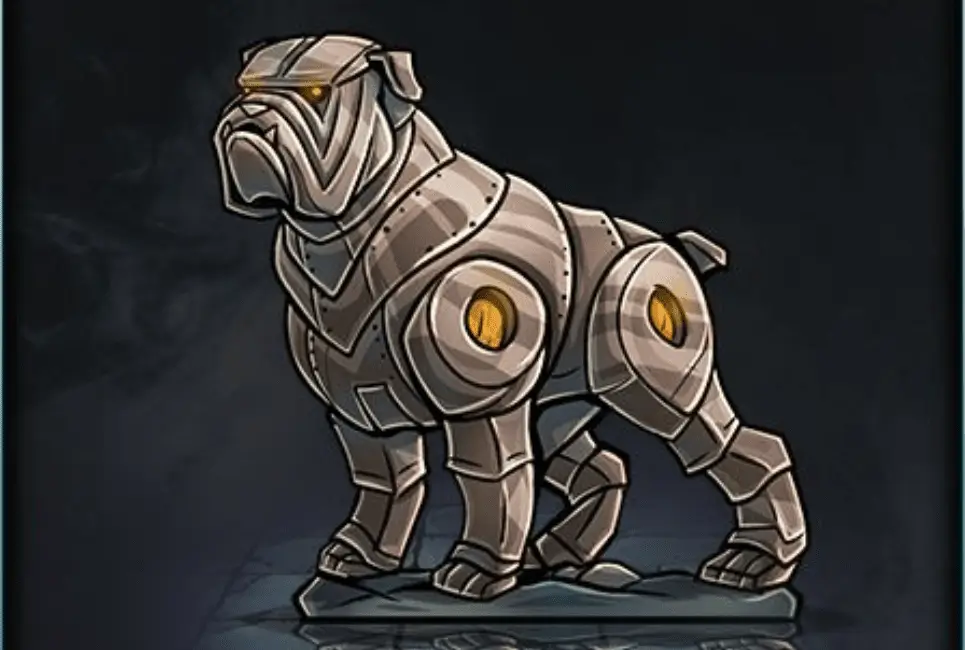
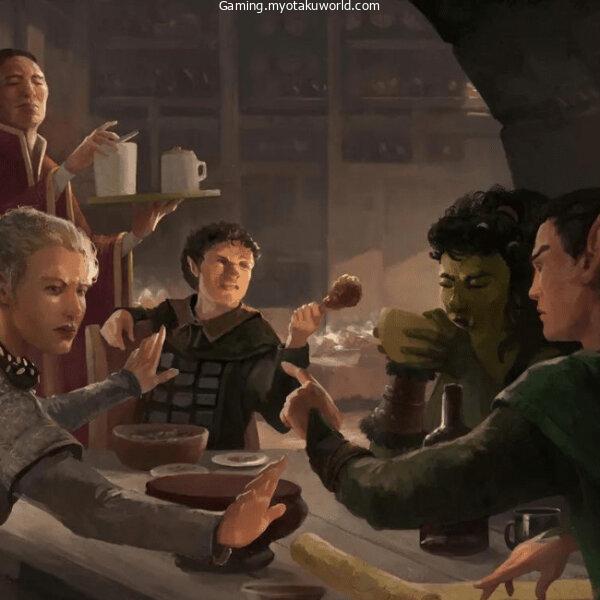
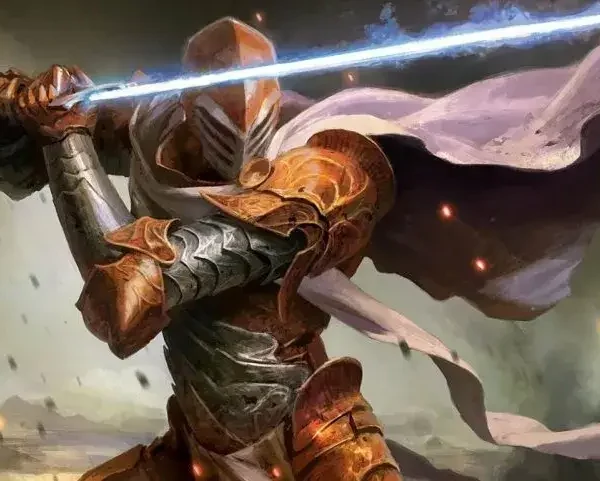
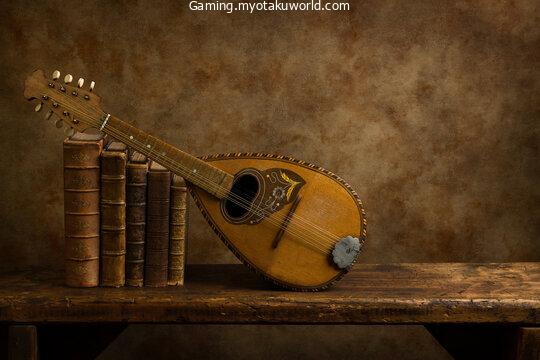
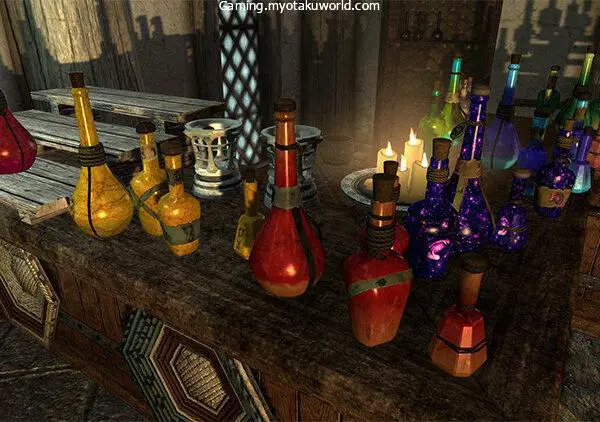
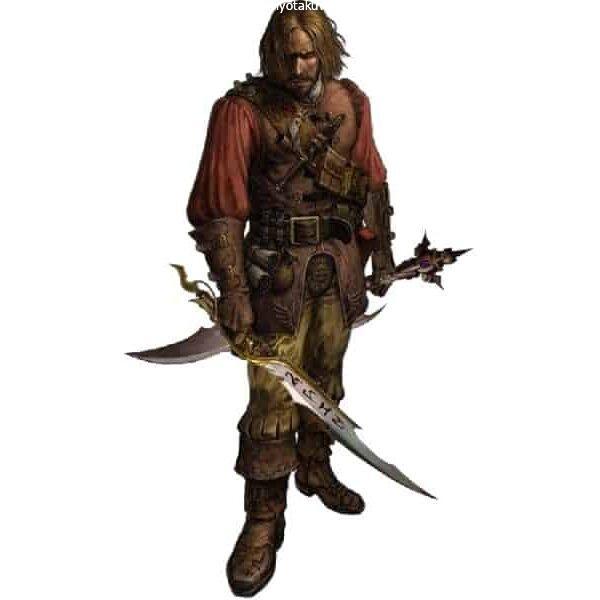




Leave a Comment